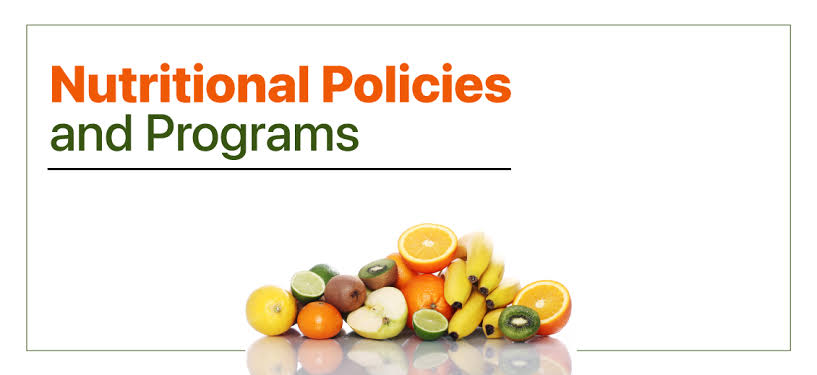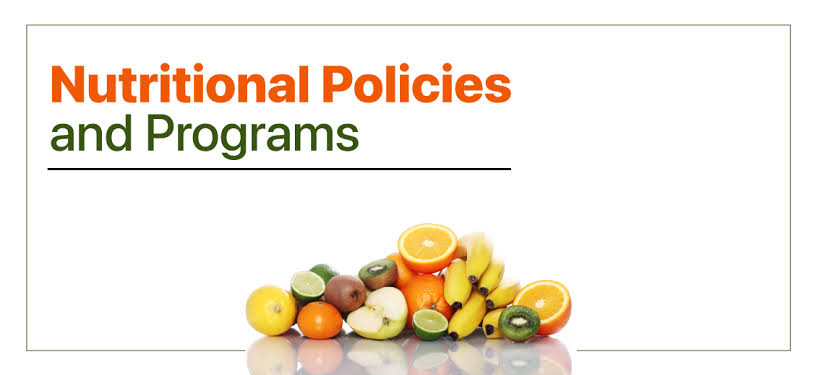Nutrition Deficit Hinders National Economic Growth

A nation’s economic progress is inseparable from the nutritional well-being of its population. Adequate nutrition fuels cognitive development in children, supports productivity among adults, and contributes to the resilience and health of communities. The recently released Household Consumption Expenditure Survey (HCES) sheds fresh light on India’s nutritional landscape and underscores how far the country still has to go to achieve true food security and nutritional adequacy.
The survey reveals that the average daily calorie consumption among the poorest 5% of India’s population by expenditure remains significantly below the recommended threshold for maintaining good health. Specifically, individuals in this lowest economic fractile consume only about 1,688 kilocalories per day in rural areas and 1,696 kilocalories in urban areas. These figures fall short by nearly one-third of the recommended daily intake of 2,500 kilocalories for an average Indian adult. This shortfall has serious implications. Insufficient caloric intake contributes directly to high rates of undernutrition, stunting in children, increased susceptibility to illness, and reduced capacity to learn and work effectively.
This persistent inadequacy persists despite decades of policy interventions aimed at improving food security, including the Public Distribution System (PDS), mid-day meal schemes, and targeted nutrition programmes. While these efforts have played an important role in reducing extreme hunger, the HCES findings demonstrate that chronic underconsumption remains a problem due to a combination of factors. Access to entitlements can be uneven, with gaps in last-mile delivery and exclusion errors that prevent some of the poorest households from receiving their full benefits. Even where cereals and basic staples are delivered, diets often lack diversity, resulting in deficiencies of proteins, fats, vitamins, and minerals that are essential for good health. Moreover, information gaps and cultural practices can influence household consumption patterns in ways that purely economic measures cannot fully explain.
Nonetheless, the survey also contains evidence of progress. Over the past decade, the gap in caloric intake between the top and bottom segments of the population has been narrowing. This convergence suggests that sustained improvements in incomes and public provisioning are making some headway in reducing inequalities in food consumption. However, this encouraging trend does not erase the fact that the absolute level of calorie consumption among the poorest remains too low to sustain health and productivity.
As researchers and policymakers delve deeper into the data, they are likely to uncover regional and sociocultural variations that do not align neatly with economic conditions alone. For example, some states or communities may exhibit higher caloric intake despite lower incomes due to differences in local diets or agricultural practices, while in other areas, entrenched social norms or poor awareness about balanced nutrition can hold back progress even among relatively better-off households. These complexities underscore the need for strategies that are not only economically targeted but also sensitive to regional and cultural contexts.
Moving forward, bridging the nutritional gap will require a multipronged approach. Delivery systems must be strengthened to eliminate leakages and ensure consistent access to entitlements for the most vulnerable. The composition of food baskets provided under welfare schemes should be diversified to include more nutrient-rich items such as pulses, oils, and fortified products. Community-level awareness initiatives can help promote balanced diets and better food choices. Finally, policy design must be informed by granular, region-specific data to tailor interventions to local realities.
Nutrition is not simply a sectoral challenge but a foundational element of human development and economic growth. The latest survey data is a timely reminder that sustained investment in ensuring adequate, balanced nutrition for all Indians is essential to building a healthier, more productive society and achieving inclusive economic progress.
It is widely acknowledged and supported by extensive research that a nutrition deficit significantly hinders economic growth. This impact manifests in various ways, affecting individuals, communities, and national economies.
Numerous studies and organisations, including the World Bank, FAO, and WHO, have highlighted the strong correlation between nutrition and economic development. They emphasise that investing in nutrition is not merely a social welfare measure but a sound economic investment. For instance, the World Bank estimates that every US dollar spent on preventative strategies for iodine deficiency disorders can yield a gain of $28-30.
Addressing nutrition deficits requires a multi-faceted approach, including:
* Improving the quantity and quality of dietary intake.
* Enhancing sanitation and hygiene.
* Promoting maternal health and education.
* Strengthening social safety net programs.
* Integrating nutrition interventions into healthcare and agricultural policies.
In conclusion, a healthy, well-nourished population is a fundamental prerequisite for sustained economic growth and development. Neglecting nutrition comes at a severe economic cost, making it a critical area for investment and policy intervention.
(Author is a Manager, Collaboration, at MPower, an initiative of Aditya Birla Education Trust, Mumbai.)

 16 hours ago
16 hours ago





[[comment.comment_text]]